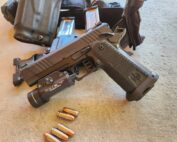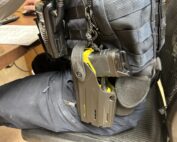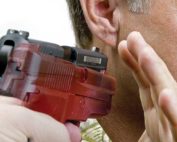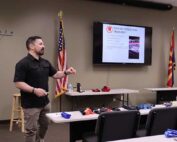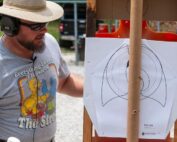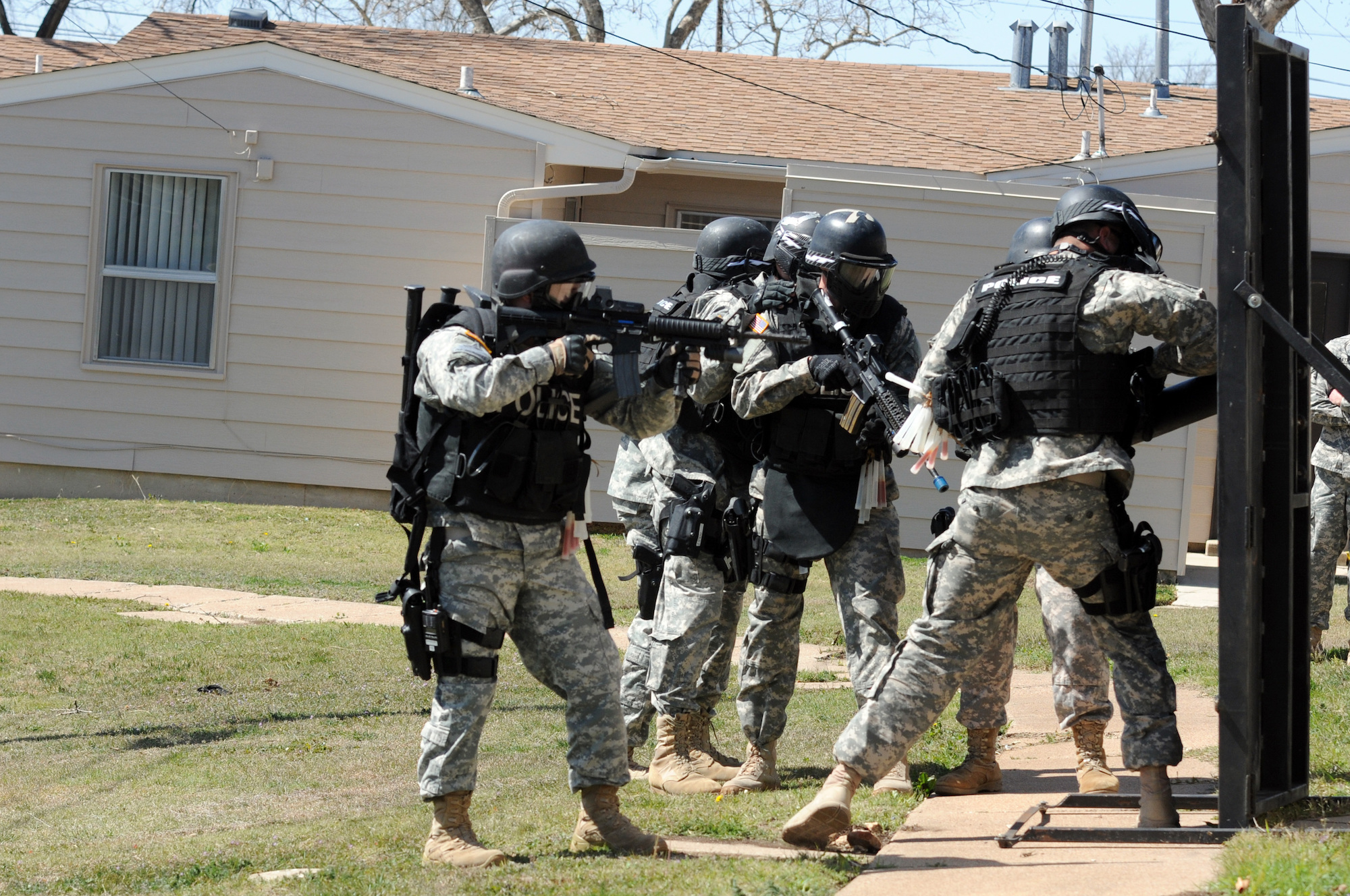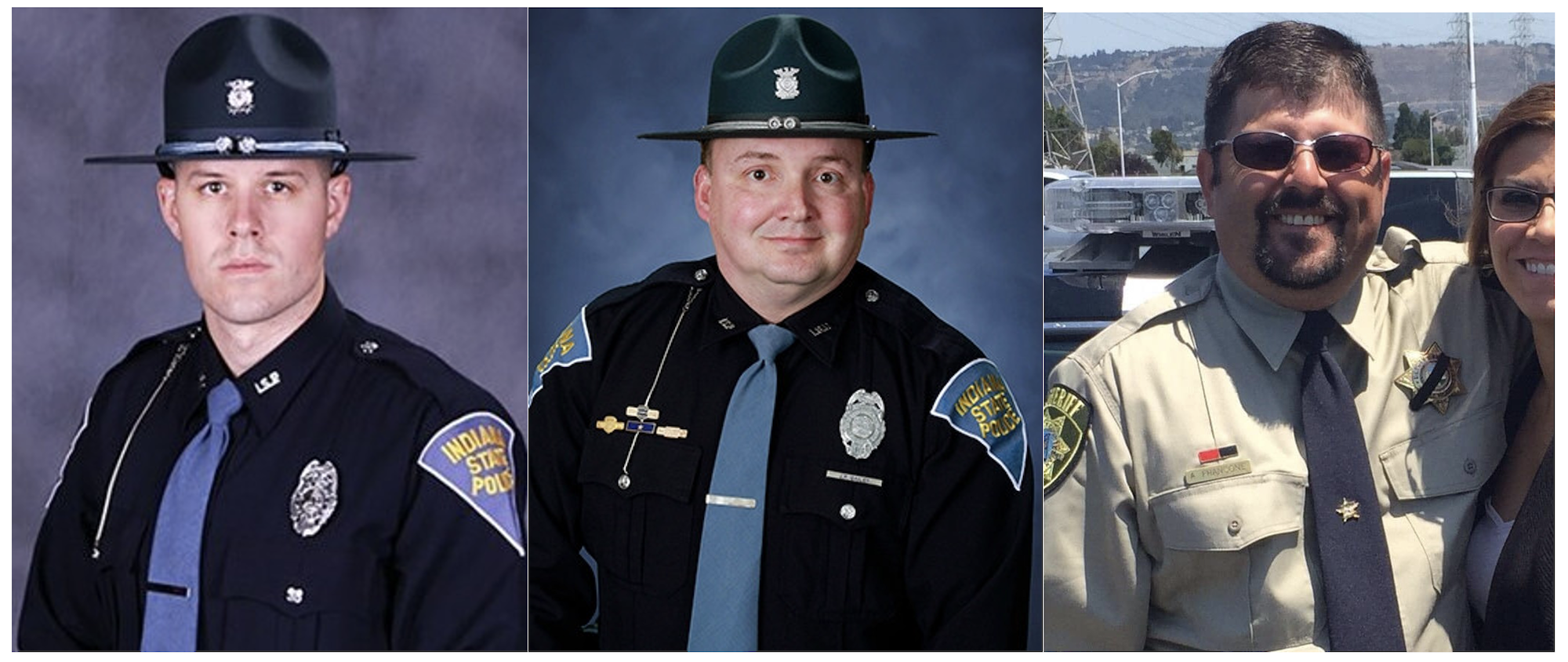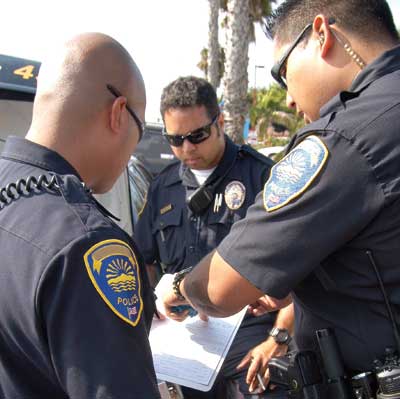
STREET-2
As I write this, the active shooter incident at the Navy Yard in D.C. just occurred, and while conjecture runs wild, details are scarce. But something important we do know just 24 hours later: SWAT or a tactical team working in a coordinated operation did not take out the shooter.
He was engaged and shot to death by a “scratch team” — a mixed bag of responding D.C. officers, US Park police and possibly a few other cops who happened to be among the first to arrive and found themselves closest to the action. It’s unlikely any of them had what we’d call “sufficient training” for such a scenario, and equally unlikely they’d ever worked together before on anything, much less a horrific multiple-casualty slaughter in progress. Most of them may not even have known any of the others.
In the eyes of tacticians, they may have been woefully ill equipped and unprepared; probably committing dozens of violations of by-the-book SWAT protocols. But they got in fast, closed with the threat and ended it resolutely.
Just think about that for a moment. Amid the deadly chaos of running gunfights, operating on unfamiliar ground, with early reports of perhaps three separate shooters, a small group of officers from different agencies is thrown together — cops of varying experience, training and mindsets. It’s enough to give a SWAT commander nightmares, but they got the job done.
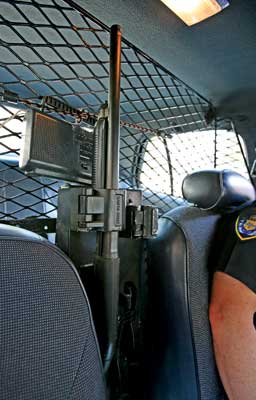
Street cops, using the guns and training at-hand, took down the shooter. Don’t discount motivated, trained, frontline officers.
“Potential” Works Both Ways
There was potential for disaster at every step: blue-on-blue shooting casualties, innocents engaged in error. In that atmosphere, even self-inflicted wounds from AD’s were quite possible. Apparently none of these things happened. On the other hand, how much more effectively could this affair have been handled if those officers had the chance to meet under controlled conditions and work out their movements and actions in advance — even just to talk about some operating agreements?
Inter-agency training is rare simply due to funding and scheduling problems. Even intra-agency training for patrol officers and investigators, especially dealing with tactics ordinarily tasked to SWAT and/or tactical teams, is often unaddressed due to the already heavy burden of required in-service training and resultant staffing problems. Denials often include the statement, “That’s why we have SWAT, isn’t it?” Having served both as a SWAT commander and director of in-service training — for over a year, filling both positions concurrently — I know those problems well. And I never bought the “That’s why we have SWAT” argument. Neither should you.
This wasn’t the first time, nor will it be the last, when “regular” patrol cops or even investigators have to become “instant SWAT operators,” especially in active shooter situations. In the Navy Yard incident, thankfully, no ranking officer broadcast orders to “seal a perimeter and wait for SWAT.” If they did, I haven’t heard it, and apparently that scratch team didn’t either. We’ve learned the hard way that’s the wrong thing to do in such incidents; you’ve got to go in as fast as possible, because each wasted second can only run up the body count. Sometimes gaps in formal training have to be filled by — who else? — you, sergeant.
Kick-Starters
Even if it’s only 5 or 10 minutes at repeated lineups, get the conversation going with a brief on the Navy Yard shootings, then kick-start things with questions like these.
If a scratch team must be formed of officers from different agencies, who’s in charge? Ordinarily, this would be the senior officer present of the agency having primary physical jurisdiction — even if he or she is junior in rank and/or time in service to others present. When feds are involved, if the incident isn’t occurring on federal property, whether or not a federal crime has occurred, if a state crime has, it’s still the local officer’s call.
This condition isn’t and shouldn’t be absolute. If another peace officer clearly has superior knowledge or command experience, that junior officer with primary jurisdiction may say, “I’m responsible, but I’m giving you tactical control here, unless I direct otherwise.” That should knock over some anthills, but it’s a common understanding, and it’s generally worked well.
If you’re in charge, then what? In such situations, let’s say, preparing to enter a structure and move through it, what should your officer ask and do? “Who’s got body armor? Who’s got long guns? Okay, you’re up front, right behind and beside me. Does anyone have special knowledge of this place?” At a scratch-team op at a major office complex in San Diego, close to the border with National City, an NCPD officer who showed up said his wife worked there and he knew the layout well — good to know!
“You! You’re Tail-End Charlie; our rear security, responsible for everything behind us. Everybody, use the clock, or “front, right, left and rear.” Twelve o’clock or front is wherever I’m facing!
“I’m on point, up front. If fire comes from the front, I will go prone and stay there, so you can shoot over me if necessary. If you see a shooter, yell “shooter!” and the direction. Same for a “possible” or an obvious victim or citizen.”
These are only starters. The rest is up to you. Why talk about it now? Because you don’t want to be trying to make yourself heard in a first-floor hallway over the din of gunshots and screams from the second floor.
By John Morrison

